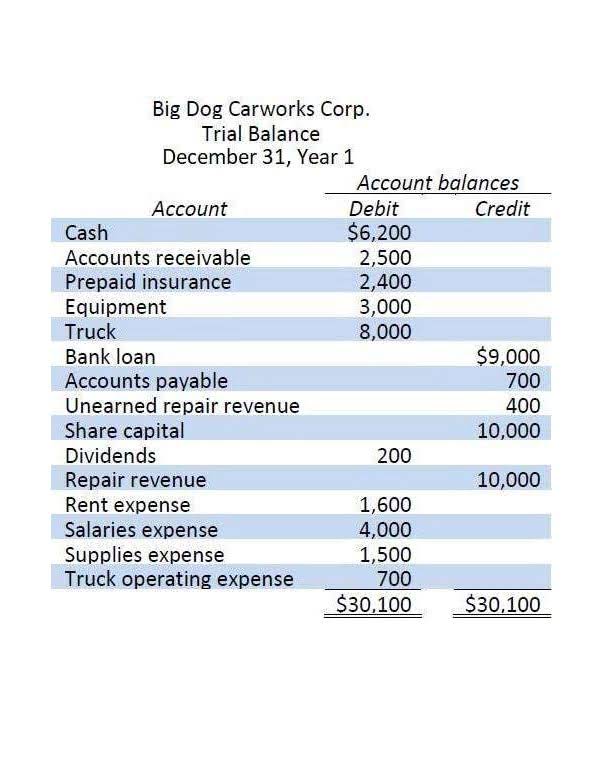
In calculating the weighted average number of shares, stock dividends and stock splits are only changed in the units of measurement, not changes in the ownership of earnings. Some values matter more than others.This where weighting comes into play, where more emphasis is given to certain values based on their weight or worth. However, this blog will stick to business and equity compensation uses of weighted average. The weighted average shares outstanding, or the weighted average of outstanding shares, takes into consideration any changes in the number of outstanding shares over a specific reporting period. In effect, it weights any change in the number of shares outstanding according to the length of time that change was in effect.
Does Par Value Change for Stocks and Bonds?
When reviewing a company’s income statement, knowing the difference between EPS and diluted EPS can help determine the calculation you’ll want to use to get the most accurate information. Conversely, outstanding stocks will decrease if a firm completes a share buyback or a reverse stock split (consolidating a corporation’s shares according to a predetermined ratio). As a result, it decreases the number of outstanding stocks in the public and increases the amount of treasury shares. Companies can utilize http://just2018.temp.domains/~stusaco1/usedcarsforsale/incremental-cost-step-by-step-incremental-costs/ treasury shares for 3 main purposes, including employee stock options, stock-based pay, and share repurchases. When a company purchases its own stock, it lowers the number of outstanding shares, enhancing earnings per share and the stock price. Outstanding and treasury shares are two distinct terms relating to a company’s equity.
Applying Weighted Time Periods
Your next step is to locate the common stock section on the balance sheet. The computation of diluted shares outstanding via the weighted average method accounts for all the possible conversions. The diluted EPS so calculated thus always HOA Accounting amounts to less than the value of basic EPS. A company thus resorts to a weighted average shares calculation to accurately determine its earnings.

Weighted Average Shares Outstanding Calculation Example
Let us consider how to calculate average outstanding shares the following example and incorporate various scenarios that can affect the weighted average number of shares outstanding. These standards ensure consistency and comparability across financial statements, allowing stakeholders to accurately assess a company’s performance. Compliance with these guidelines enhances the credibility and transparency of financial reporting. Average shares outstanding information is only reported by publicly-held companies; it is not necessary to report this information for privately-held, governmental, or nonprofit entities. It is never used for internal reporting by any entity, since management does not require per-share information for internal reports. The Weighted Average Shares Outstanding represents a company’s normalized, time-weighted common share count across a specified period of time.

Common Pitfalls in Calculating the Weighted Average
- Learn financial statement modeling, DCF, M&A, LBO, Comps and Excel shortcuts.
- “Issued shares” are the portion actually sold or distributed to investors, including those repurchased by the company.
- Of course, merely increasing the number of outstanding shares is no guarantee of success; The company has to deliver consistent earnings growth as well.
- Any historical returns, expected returns, or probability projections are provided for informational and illustrative purposes, and may not reflect actual future performance.
- At the beginning of the fourth quarter, the company buys back 50,000 shares with its cash surplus.
This calculation is frequently employed in financial analysis to determine various financial ratios, like earnings per share (EPS) and price-to-earnings (P/E) ratio. You must follow these five steps to determine the Outstanding Shares Weighted Average. Diluted shares reflect the possible dilution of a company’s shares due to the availability of stock options, warrants, convertible bonds, and other convertible securities.
- When making a weighted average calculation, one computes an average of several numbers by assigning a suitable weight to each unit number to make it an equivalent contributor to its total.
- If that’s the case, congratulations, you don’t need to do any calculations.
- It’s an important step to evaluate a company’s financials before investing, and calculating the EPS can offer helpful information.
- The weighted average of shares outstanding is used to determine a publicly-held company’s earnings per share.
- This lowers the number of outstanding shares as the company purchases a portion of its stock.
- Rebate rates range from $0.06-$0.18 and depend on the underlying security, whether the trade was placed via API, and your current and prior month’s options trading volume.
Not always a true reflection of profitability:
The shares available to investors on the open market are commonly called the float. In general, stocks with low floats will experience more volatility than those with large floats. The shares companies issue are known as authorized shares, which are the maximum number of shares they are lawfully permitted to make available to investors.
- An instance of this can occur if a company undergoes a share buyback by the end of a financial year.
- The formula to calculate diluted shares calculation for earnings per share (EPS) acts as a basis for a handful of related concepts as well.
- The timing and scale of these transactions often depend on market conditions, regulatory requirements, and financial health.
- The company repurchases shares of its stock and holds them in its treasury as treasury shares.
- The basic average shares outstanding does not account for potential dilution from convertible securities, options, or warrants.
- Let’s assume the company also has $500 million in convertible debt with a conversion price of $5.
Investors often track changes in outstanding shares as part of their broader analysis when making investment decisions. Understanding the dynamics of outstanding shares is integral to comprehending a company’s financial health and market position. The standard calculation for Earnings Per Share is net income divided by shares outstanding.

Results may differ from original reports due to adjustments based on global accounting standards and methodologies. The weights of your stocks can play a big role in your investment strategy. Founded in 1993, The Motley Fool is a financial services company dedicated to making the world smarter, happier, and richer. The Motley Fool reaches millions of people every month through our premium investing solutions, free guidance and market analysis on Fool.com, top-rated podcasts, and non-profit The Motley Fool Foundation.